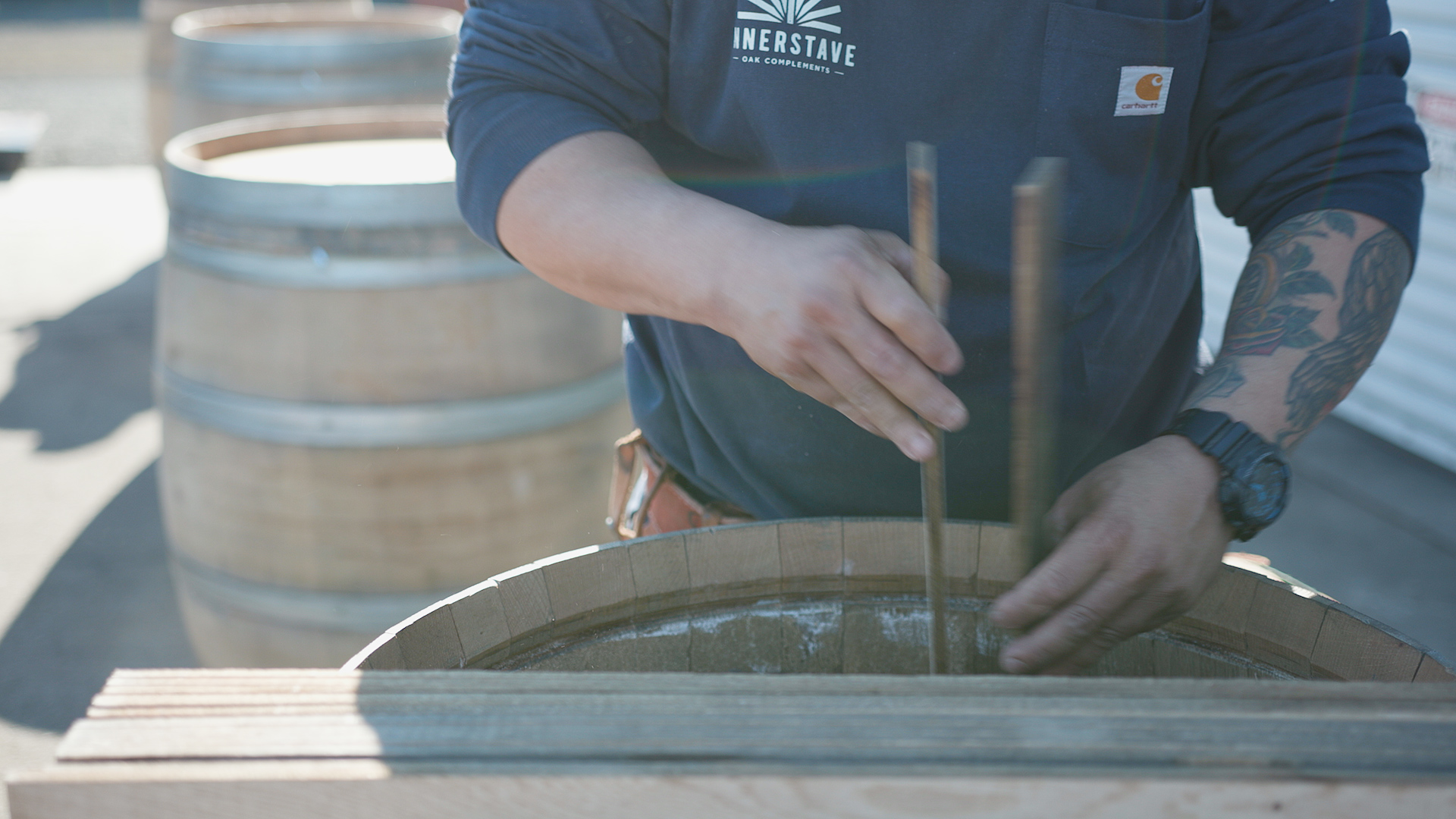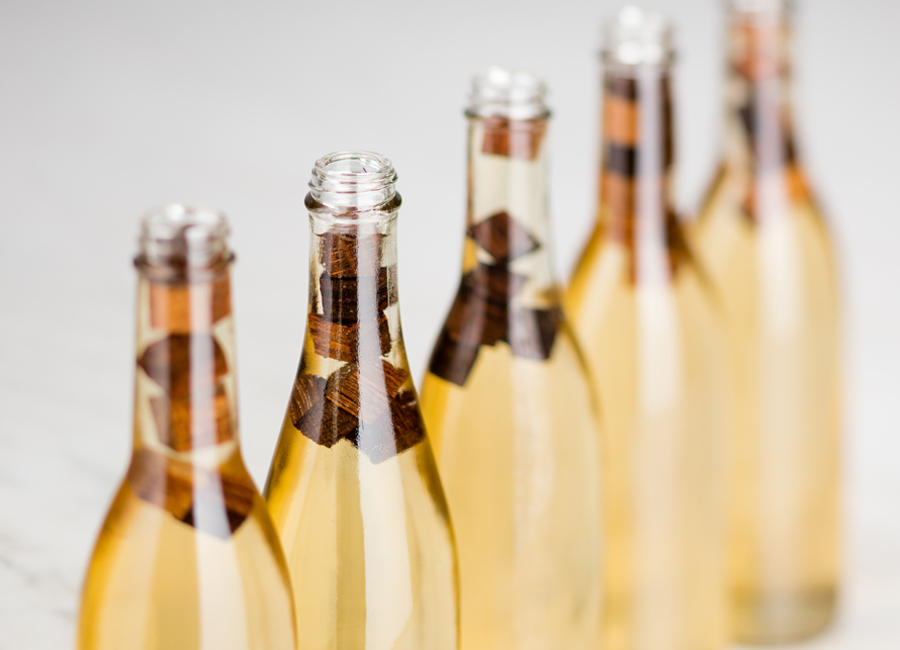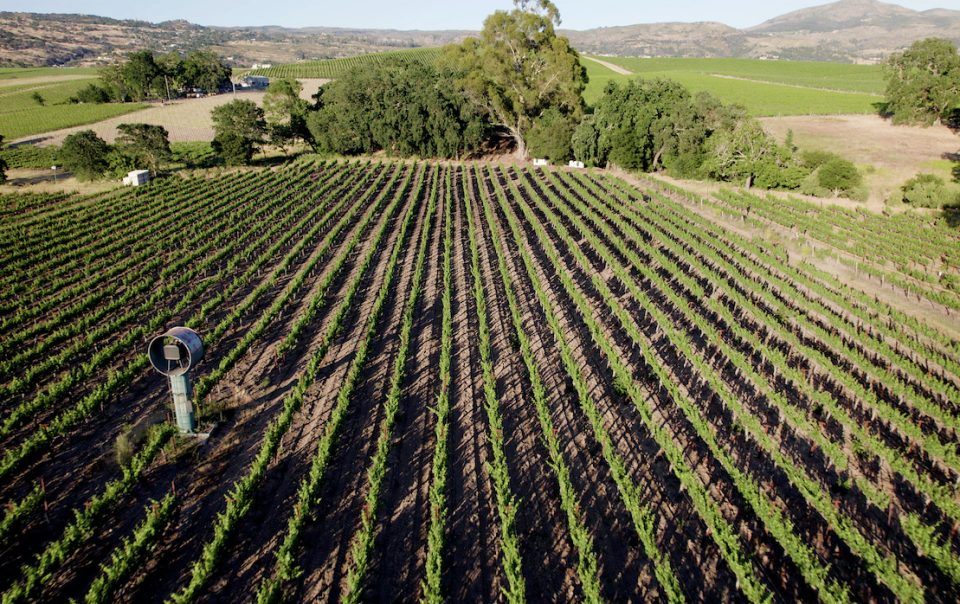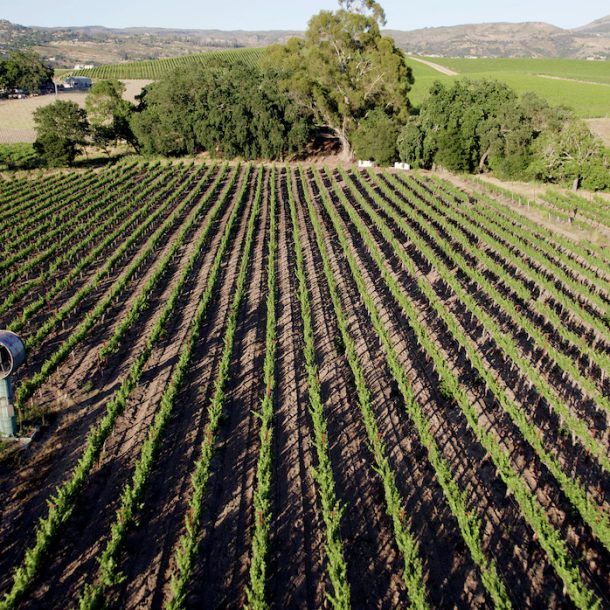
precisely pair your wine with oak
I believe that one of the biggest advantages to using barrel alternatives is the ability to very precisely pair your wine with the oak that gives the best result. Whether you’re looking to hit a specific wine style, for a boost to the mid-palate, or to add richness and depth, the benchtop trial allows the Winemaker to very quickly try many different combinations of oaks and toasts in small volumes to hit their target.
you get more than one chance to make an oak impression
The amount of oak can also be determined with relative precision on the benchtop. As should be expected, I set up all my benchtop trials with an unoaked Control. The Control not only serves as an unoaked reference but can allow you to fine-tune the oak impact by blending the oaked wine with the unoaked Control until the perfect oak impression is achieved. Once that rate has been determined, the addition rate translates directly to whatever wine program you are working with regardless of size. Whether you’re oaking 100 gallons or 100,000 gallons the rate is the rate, and it just boils down to math at that point.
Standardize your trials
It seems every oak supplier has a different idea of what their equivalent of new barrel impact is and that can be frustrating when setting up a trial. To standardize as much as possible, I recommend setting up all your soaks at the same rate and in the same format. If you’re using chips for some but cubes for others, you may be getting very different outcomes so try using the same format for each of your benchtop trials.
i know it’s hard to wait, but trust us
I also recommend sticking to the oak supplier protocol and tasting at the recommended time. Most suppliers have recommended protocols for how much oak to add and how long to allow the oak to soak in the wine before tasting. If you taste earlier than recommended, you are not getting the full spectrum of flavors/textures and if you wait too long to taste, the impact of the oak may be overwhelming as some formats like cubes and sticks are intentionally added at a higher rate in a benchtop trial to hit a relative oak impact in a short (two week) timeframe. Chips are typically added at the desired rate due to their size and relatively quick extraction.
Take precautions
Adding oak and the actual physical act of pouring and transferring wine can both introduce oxygen and chew up your free sulfur leaving your wines unprotected. To help avoid any negative effects like oxidation or browning to your wine and preventing a proper evaluation of the oak treatment, I recommend adding 10-20 parts KMBS to each bottle prior to filling. I am also careful to avoid splashing and use Argon in the bottle as another layer of protection from oxidation. When it comes to setting up any trial, there is nothing more frustrating than discovering your wines are oxidized and you’ve got to go back to the drawing board so taking these precautions will help prevent that.
evaluate, evaluate, evaluate
In my experience, the best Winemakers are the ones that take the time every year to evaluate and re-evaluate the use of oak in their wine programs. They are constantly looking for ways to improve upon their wines by adding texture, richness, depth, and complexity, and oak is a great tool for bringing all those things. If a Winemaking team takes the time to assemble all the tools needed to quickly and effectively set up benchtop trials, they will become a powerful and relatively quick and easy tool for creating better wines and ultimately becoming a standard part of a first-class winemaking plan.
innerstave benchtop protocols
Innerstave Benchtop Protocols | |||
STICKS | |||
100% NBE = | 2 Sticks/750ml | @ 2 weeks | = 6.0g/L |
50% NBE = | 1 Stick/750ml | @ 2 weeks | = 3.0g/L |
CUBES | |||
100% NBE = | 6 Cubes/750ml | @ 2 weeks | = 6g/L |
80% NBE = | 5 Cubes/750ml | @ 2 weeks | = 5g/L |
65% NBE = | 4 Cubes/750ml | @ 2 weeks | = 4g/L |
50% NBE = | 3 Cubes/750ml | @ 2 weeks | = 3g/L |
35% NBE = | 2 Cubes/750ml | @ 2 weeks | = 2g/L |
15% NBE = | 1 Cube/750ml | @ 2 weeks | = 1g/L |
CHIPS | |||
100% NBE = | 4.5g/750ml | @ 2 weeks | = 6.0g/L |
83% NBE = | 3.7g/750ml | @ 2 weeks | = 5.0g/L |
67% NBE = | 3.0g/750ml | @ 2 weeks | = 4.0g/L |
50% NBE = | 2.25g/750ml | @ 2 weeks | = 3.0g/L |
33% NBE = | 1.49g/750ml | @ 2 weeks | = 2.0g/L |
17% NBE = | 0.77g/750ml | @ 2 weeks | = 1.0g/L |
In a 750ml bottle: | |||
Achieve the perfect balance, in your bottle and your bank account
-Jason Dodge, Managing Director, Winemaking.




